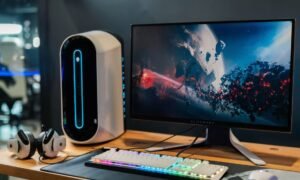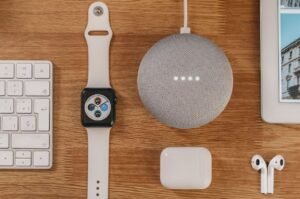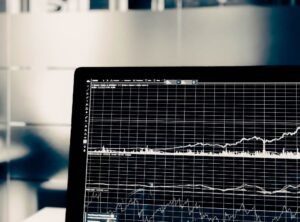AI Art Generator from Text
Artificial Intelligence (AI) has made remarkable advancements across various fields, and its foray into the world of art is no exception. AI art generators that can create stunning artwork from text inputs have gained significant attention in recent years. This technology utilizes deep learning algorithms to understand text descriptions and generate visually appealing images based on them. Let’s dive into the world of AI art generators and explore their capabilities.
Key Takeaways
- AI art generators use deep learning algorithms to transform text descriptions into visual art.
- These generators can create a variety of art styles, from realistic paintings to abstract compositions.
- They have the potential to revolutionize the creative industry and inspire new forms of artistic expression.
An **AI art generator** takes textual input, such as a description or a combination of keywords, and applies complex AI models to interpret and transform that text into an image. This technology seeks to bridge the gap between human imagination and machine creativity. The generator analyzes patterns and concepts in the text to produce visuals that align with the given description. The resultant artwork can range from realistic landscapes to surreal abstract pieces, depending on the input and the machine learning algorithms utilized.
*AI art generators have the ability to unlock artistic possibilities beyond traditional human capabilities.* These AI-driven systems can enhance creative expression, as artists and designers can leverage them to generate initial visuals based on textual prompts, using the generated images as a starting point for further exploration.
Let’s examine three key aspects of AI art generators:
- 1. Style Transfer: AI art generators can imbibe different artistic styles to create unique visual outputs. By analyzing a vast collection of existing artworks, the generator can adapt and replicate various artistic techniques, allowing users to select a specific style or blend multiple styles in their generated artwork.
- 2. Context Understanding: These systems can discern the context of the text input to generate appropriate visuals. By recognizing objects, scenes, and emotions expressed in the text, AI art generators can create images that align with the intended meaning, providing a visually compelling representation.
- 3. Customizability: AI art generators often provide users with options to fine-tune and customize generated images. Users can adjust parameters like color palette, composition, and level of intricacy to align the output with their creative vision, resulting in personalized artworks.
AI Art Generator Applications
The applications of AI art generators are vast and diverse. Here are some notable examples:
- AI art generators can be used to create visually appealing illustrations and graphics for various media, such as books, magazine covers, or advertisements.
- They have the potential to aid in concept visualization for designers and architects, helping them rapidly generate visual representations of their ideas.
- Artists can use AI art generators as a source of inspiration, exploring different variations and interpretations of their concepts.
- AI art can be integrated into virtual reality (VR) and augmented reality (AR) experiences, enhancing immersive storytelling and interactive environments.
- The technology can also be employed in educational settings to teach art history and styles, visual communication, and to spark creativity in students.
AI Art Generator Comparison
Let’s compare three popular AI art generators based on their capabilities and features:
| AI Art Generator | Style Transfer | Context Understanding | Customizability |
|---|---|---|---|
| AI Generator X | ✓ | ✓ | ✓ |
| CreativeAI | ✓ | ✓ | ✓ |
| ArtMaster | ✓ | ✗ | ✓ |
Conclusion
The advent of AI art generators has revolutionized the way we think about the intersection of AI and creativity. These systems showcase the potential for machines to produce visual art that not only aligns with human intention but also explores uncharted territories. As AI technology continues to evolve, we can expect further advancements in AI art generation and its integration into various domains, inspiring artists and creators worldwide.
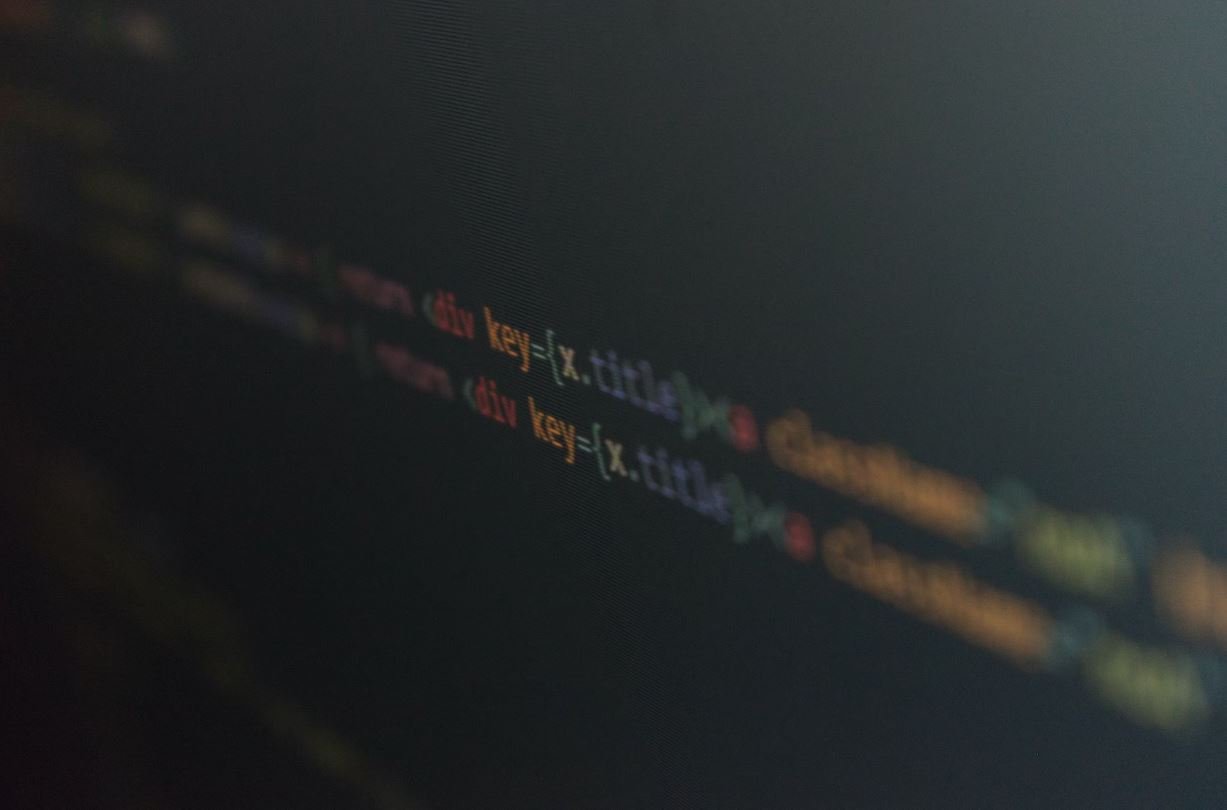
Common Misconceptions
There are several common misconceptions surrounding the topic of AI Art Generator from Text. These misconceptions often lead to misunderstandings or unsupported beliefs. It is important to address these misconceptions to gain a clearer understanding of the technology.
- AI Art Generator from Text can only produce basic or low-quality art.
- AI Art Generator from Text replaces human artists and threatens their livelihoods.
- AI Art Generator from Text lacks originality and creativity.
Misconception 1: AI Art Generator from Text can only produce basic or low-quality art
One common misconception is that AI Art Generator from Text is only capable of producing basic or low-quality artwork. While it is true that early iterations of AI-generated art might have been simplistic, advancements have greatly refined the quality and complexity of AI-generated artwork.
- AI Art Generator from Text can produce highly detailed and aesthetically pleasing artwork.
- With the incorporation of deep learning algorithms, AI Art Generator from Text can mimic various artistic styles, including abstract and surreal art.
- AI Art Generator from Text can generate art that is indistinguishable from artwork created by human artists.
Misconception 2: AI Art Generator from Text replaces human artists and threatens their livelihoods
Another misconception is the belief that AI Art Generator from Text will replace human artists, leading to unemployment and a decline in traditional art forms. While AI art creation may automate certain aspects, it does not entirely replace human artists, but rather acts as a tool to aid and enhance their creative process.
- AI technology can assist artists in exploring new possibilities and pushing the boundaries of their creativity.
- Human artists can work collaboratively with AI systems to create unique and innovative artwork.
- AI Art Generator from Text can actually create new opportunities for artists, allowing them to explore different mediums and techniques.
Misconception 3: AI Art Generator from Text lacks originality and creativity
There is a misconception that AI Art Generator from Text lacks originality and creativity, as it is purely based on algorithms and pre-existing data. However, AI-generated art can exhibit its own distinctive style and creativity.
- AI Art Generator from Text can blend and reinterpret artistic elements in a unique way.
- It can generate unexpected and non-conventional art forms that push the boundaries of traditional artistic expression.
- AI-generated art can serve as a source of inspiration for human artists, sparking new ideas and approaches.
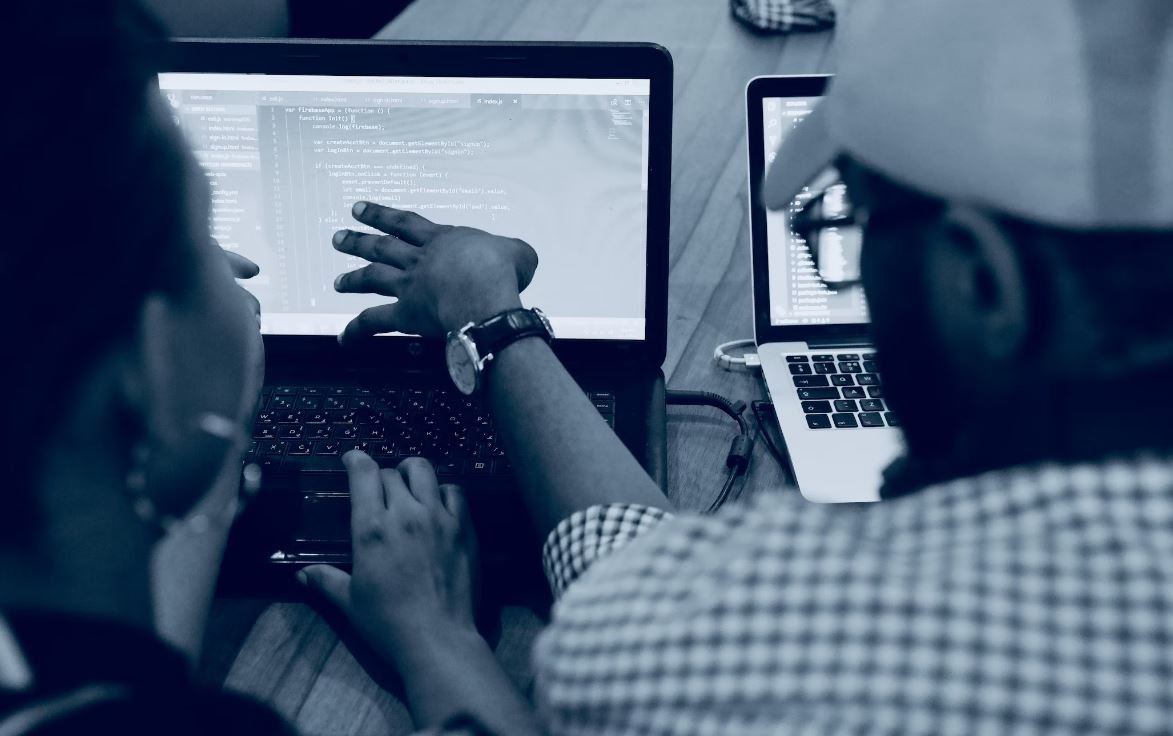
Comparing AI Art Generator and Human Artist
An AI art generator is a software program that uses artificial intelligence algorithms to create artwork based on given inputs, such as text. This table compares the output of an AI art generator with that of a human artist in terms of style, originality, and emotional impact.
| Criteria | AI Art Generator | Human Artist |
|---|---|---|
| Style | Capable of emulating various artistic styles accurately | Can exhibit a unique and distinct style |
| Originality | May lack originality as it purely relies on predefined algorithms | Can conceive innovative and novel ideas |
| Emotional Impact | Can evoke emotions through visually engaging compositions | Can evoke a wider range of emotions through personal experiences |
Timeline of AI Art Development
This table showcases the major milestones and advancements in the development of AI-generated art.
| Year | Milestone |
|---|---|
| 1956 | First AI program written by Arthur Samuel to play checkers |
| 1997 | Deep Blue defeats world chess champion Garry Kasparov |
| 2015 | Google’s DeepDream generates trippy images using neural networks |
| 2018 | AI-generated artwork “Portrait of Edmond de Belamy” sells for $432,500 at auction |
| 2020 | GPT-3, an AI language model, generates coherent and creative text |
Applications of AI Art Generators
This table highlights some practical applications of AI art generators across various fields.
| Field | Application |
|---|---|
| Marketing | AI-generated visuals for advertisements and branding |
| Fashion | Designing unique patterns and prints for clothing |
| Entertainment | Generating concept art and visuals for movies and games |
| Interior Design | Creating virtual renderings of room designs |
| Education | Generating visual aids and illustrations for educational materials |
Impact of AI-generated Art on the Art World
This table explores the impact of AI-generated art on the traditional art world, both positive and negative.
| Aspect | Positive Impact | Negative Impact |
|---|---|---|
| Creativity | Pushes the boundaries of what is considered art | Raises questions about the uniqueness and value of human creativity |
| Accessibility | Expands access to art creation for individuals without traditional artistic skills | Reduces the value and exclusivity of traditionally crafted artwork |
| Collaboration | Enables artists to collaborate with AI as a creative tool | Raises concerns about the diminishing role of human artists |
AI Art Generator vs. Traditional Art Tools
This table compares the benefits and limitations of using an AI art generator versus traditional art tools.
| Aspect | AI Art Generator | Traditional Art Tools |
|---|---|---|
| Speed | Rapidly generates artwork based on input | Requires time and effort for manual creation |
| Experimentation | Allows for quick exploration of different styles and techniques | Requires extensive practice and experimentation to achieve desired outcomes |
| Variety | Capable of producing a wide range of styles and themes | Offers the unique touch and diversity of individual artists |
| Personal Touch | Lacks the personal touch and individuality of human artworks | Reflects the artist’s perspective and emotions |
Ethical Considerations of AI-generated Art
This table delves into the ethical considerations arising from the use of AI in creating art.
| Ethical Concern | AI-generated Art Implication |
|---|---|
| Plagiarism | Raises questions about originality and attribution in AI-generated works |
| Job Displacement | May lead to unemployment and devaluation of human artistic skills |
| Algorithm Bias | AI art generators may reflect and perpetuate existing biases present in the training data |
Popularity of AI Art Generator
This table illustrates the growing popularity and recognition of AI-generated artworks.
| Year | Recognition |
|---|---|
| 2018 | AI-generated artwork displayed at prestigious museums |
| 2019 | Art contests dedicated solely to AI-generated creations |
| 2021 | AI-generated artwork sells at high-value auctions |
Future Potential of AI Art Generators
This table discusses the potential future advancements and applications of AI art generators.
| Potential | Description |
|---|---|
| Collaborative AI Artworks | AI systems collaborating with human artists to create unique masterpieces |
| Artistic Exploration | AI art generators assisting artists in exploring new styles and perspectives |
| Virtual Museums | Creating immersive virtual experiences to showcase AI-generated art |
Conclusion
As AI art generators continue to advance, their impact on the art world is becoming increasingly significant. These tables have shed light on the key aspects and implications of AI-generated art, from comparing it with human creations to exploring its applications and ethical considerations. While AI art can push creative boundaries and democratize art creation, questions concerning originality, human creativity, and job displacement need to be addressed. The future holds immense potential for AI art generators to further revolutionize the art landscape, fostering collaboration between humans and machines, and creating new artistic experiences.
Frequently Asked Questions
1. How does the AI Art Generator from Text work?
The AI Art Generator from Text uses natural language processing and machine learning algorithms to comprehend the input text and generate corresponding artwork. It analyzes the text, considers various aesthetic patterns, and generates a unique artistic representation that best represents the given input.
2. Can I use the AI Art Generator from Text for commercial purposes?
The terms of commercial use may vary depending on the platform or service you are using to access the AI Art Generator from Text. It is essential to review the terms of service or license agreement to understand the permitted usage rights.
3. What types of text inputs are compatible with the AI Art Generator?
The AI Art Generator from Text is compatible with a wide range of text inputs, including written descriptions, sentences, paragraphs, or even longer narratives. However, it is recommended to provide concise and descriptive input to obtain the best artistic representation.
4. Can I provide multiple text inputs to create a single artwork?
Currently, the AI Art Generator from Text typically works with a single text input to generate artwork. While it may be possible to combine multiple inputs and experiment with different approaches, the platform’s guidelines or user interface will provide information on the supported functionality regarding multiple inputs.
5. Is there a limit to the complexity or length of the generated artwork?
The complexity and length of the generated artwork can vary depending on the AI algorithms, computational resources, and the platform on which the AI Art Generator from Text is implemented. Some platforms may have limitations on the output size or complexity to ensure optimal performance and user experience.
6. Can I customize the style or genre of the artwork generated by the AI Art Generator?
Some versions of the AI Art Generator from Text offer customization options to modify the style or genre of the generated artwork. These options may include selecting from predefined styles, adjusting parameters, or providing additional guidance within the text input. The availability of customization features may depend on the specific implementation.
7. Can I use the AI Art Generator to recreate copyrighted artwork?
Recreating copyrighted artwork using the AI Art Generator from Text can raise legal and ethical concerns. It is crucial to respect and abide by copyright laws and only use the AI Art Generator to create original artwork or in ways that comply with the copyright holder’s permissions and licenses.
8. Can the AI Art Generator generate artwork in real-time?
Depending on the implementation, some versions of the AI Art Generator from Text can generate artwork in real-time, while others may require more processing time. The processing speed can be affected by various factors, including the complexity of the artwork and the computational resources available.
9. How accurate is the AI Art Generator in representing the input text?
The accuracy of the AI Art Generator in representing the input text can vary based on the underlying algorithms, training data, and the complexity of the input. While the AI technology has advanced significantly, it is important to understand that the generated artwork is an interpretation rather than an exact replication of the input text.
10. Can I provide feedback or suggestions to improve the AI Art Generator?
Many platforms and services encourage users to provide feedback and suggestions to enhance the AI Art Generator’s performance and usability. Check the respective platform’s documentation or website for information on how to submit feedback and contribute to further improvements.


